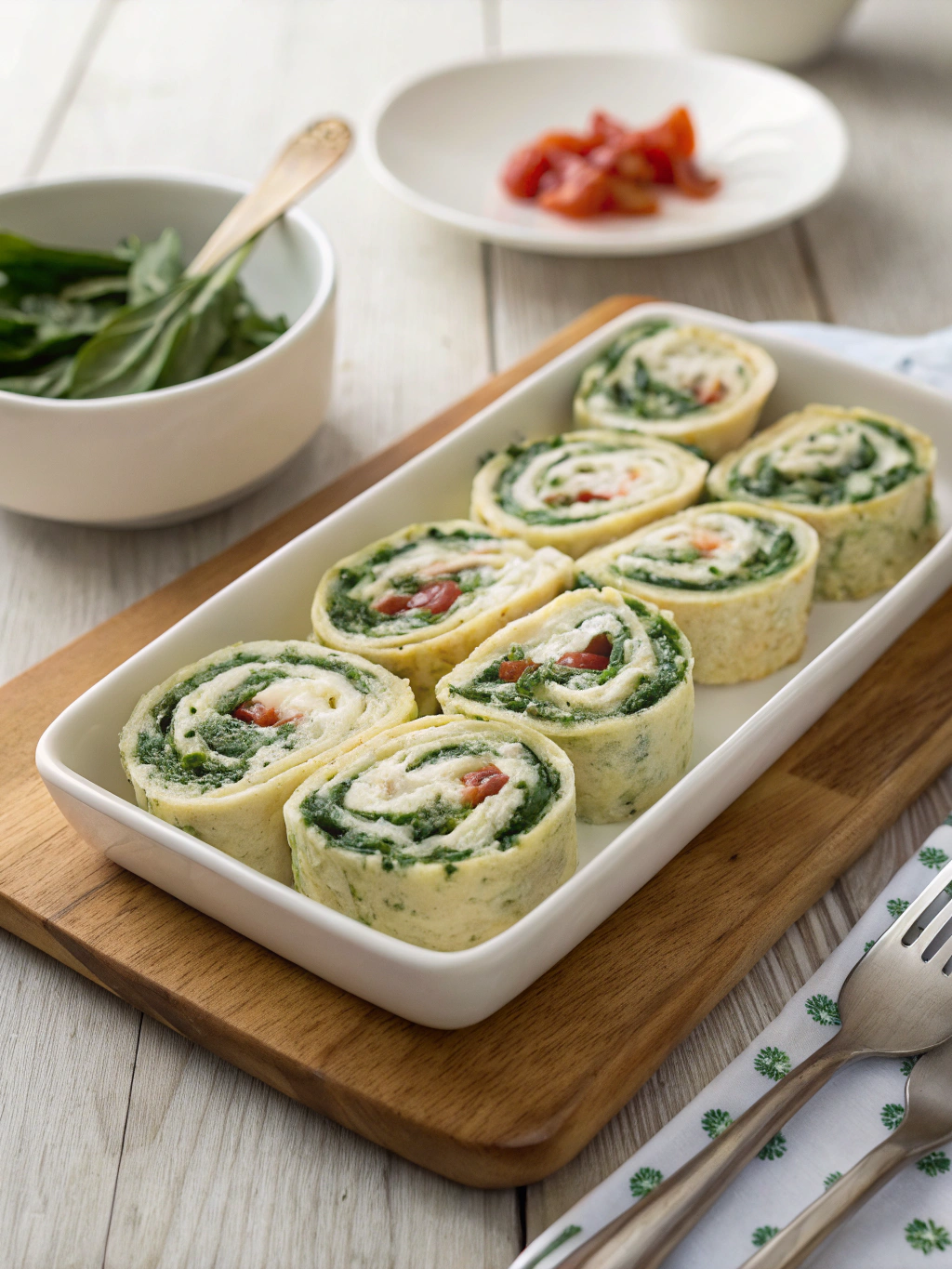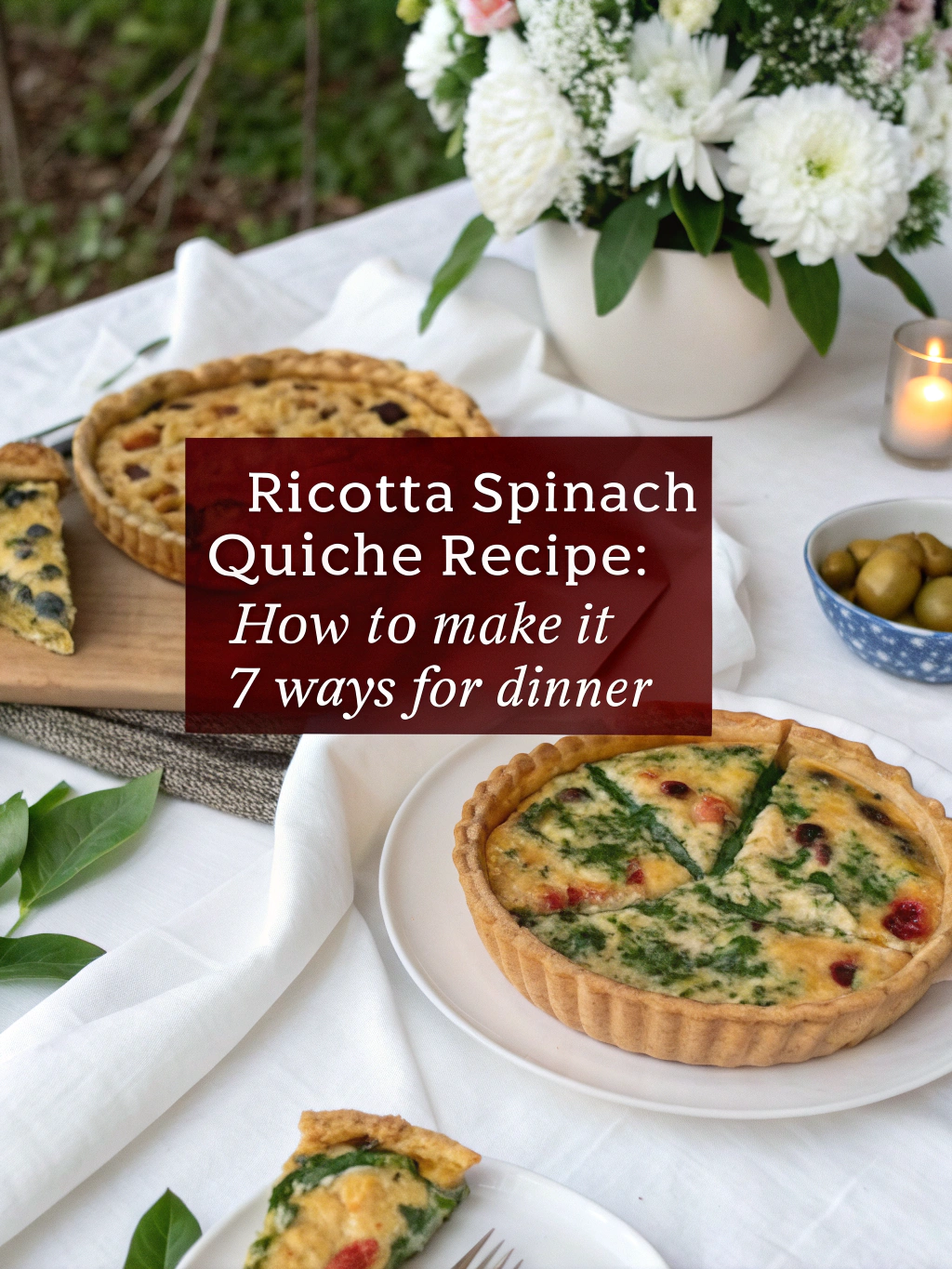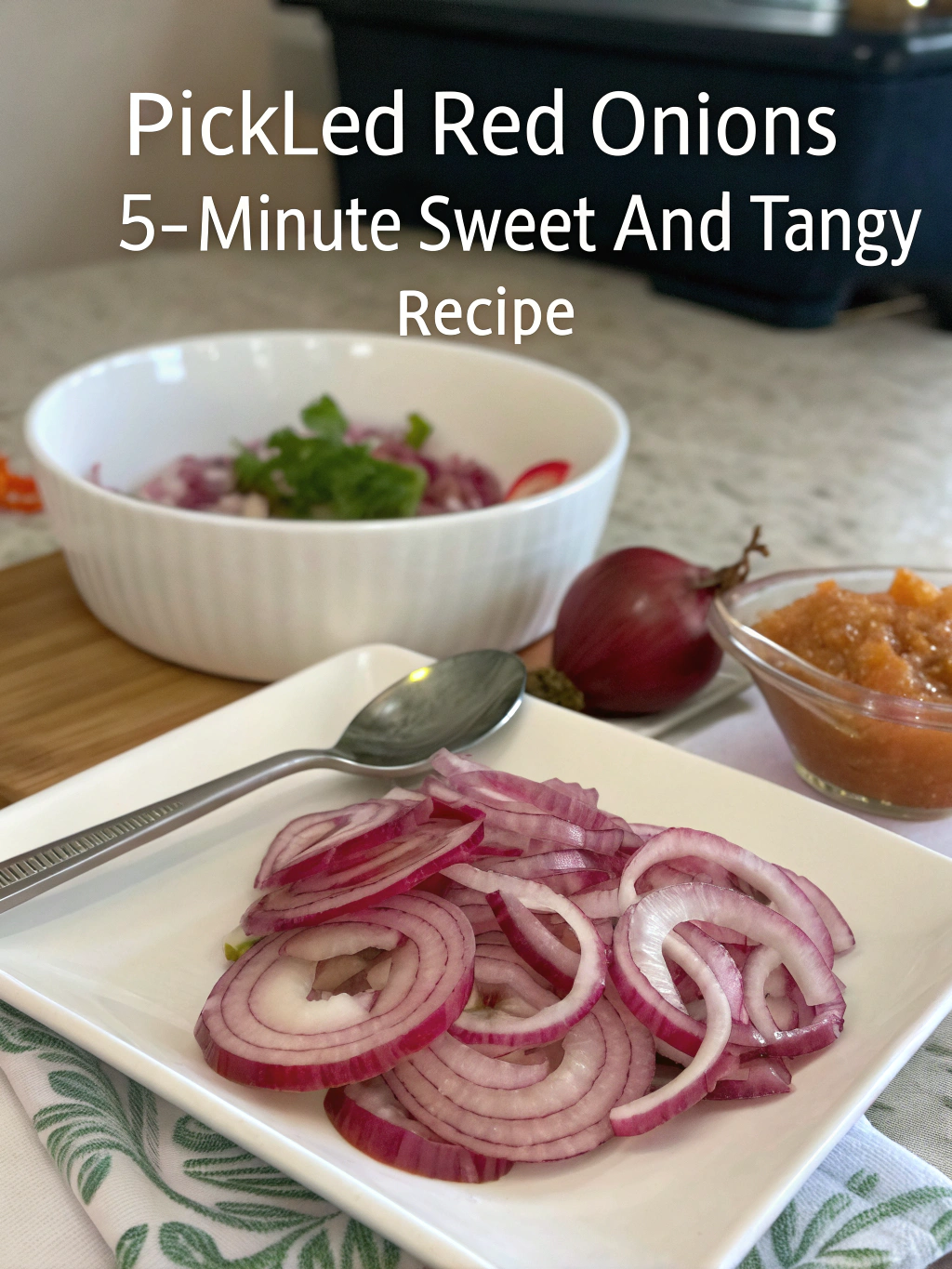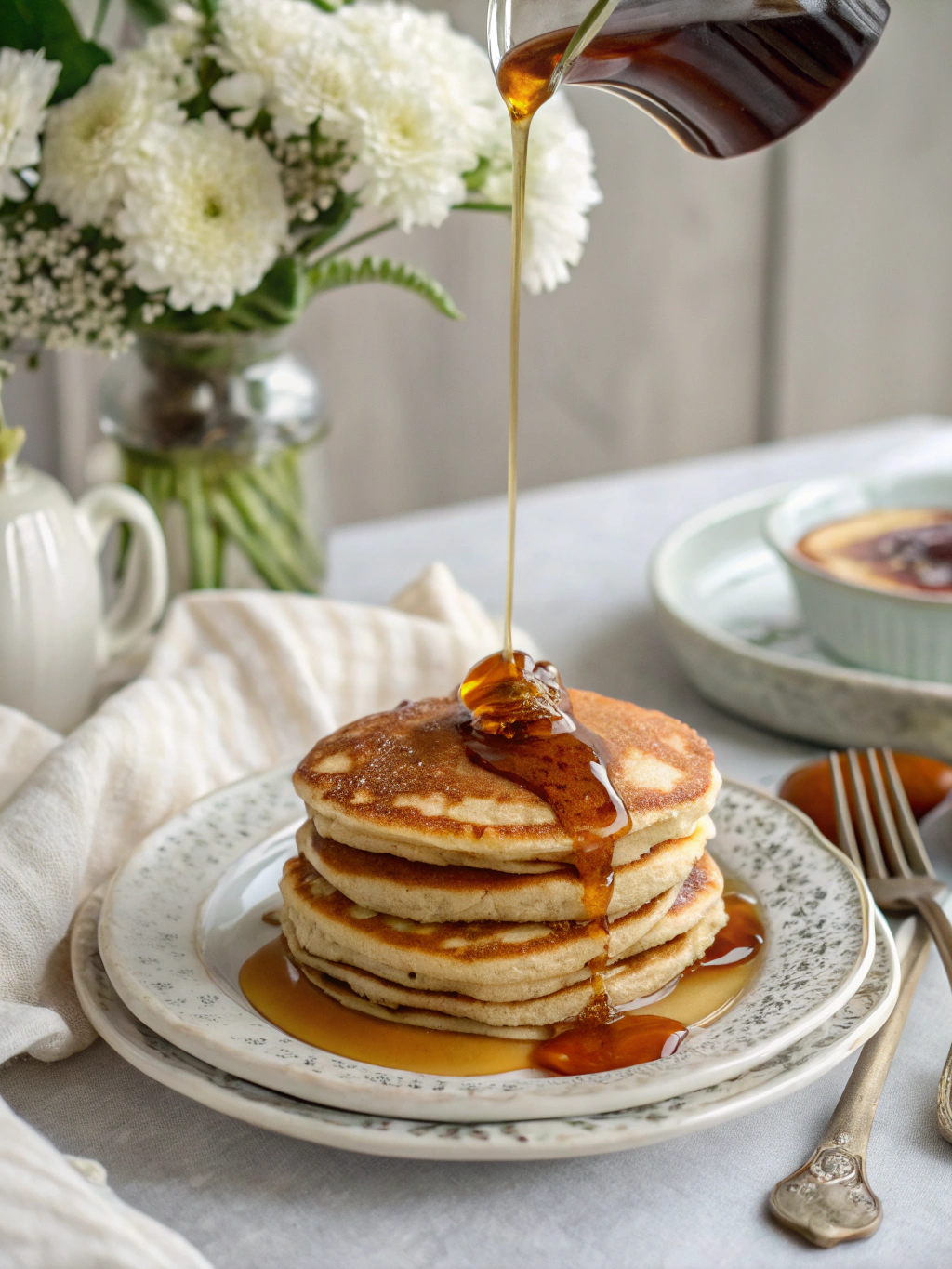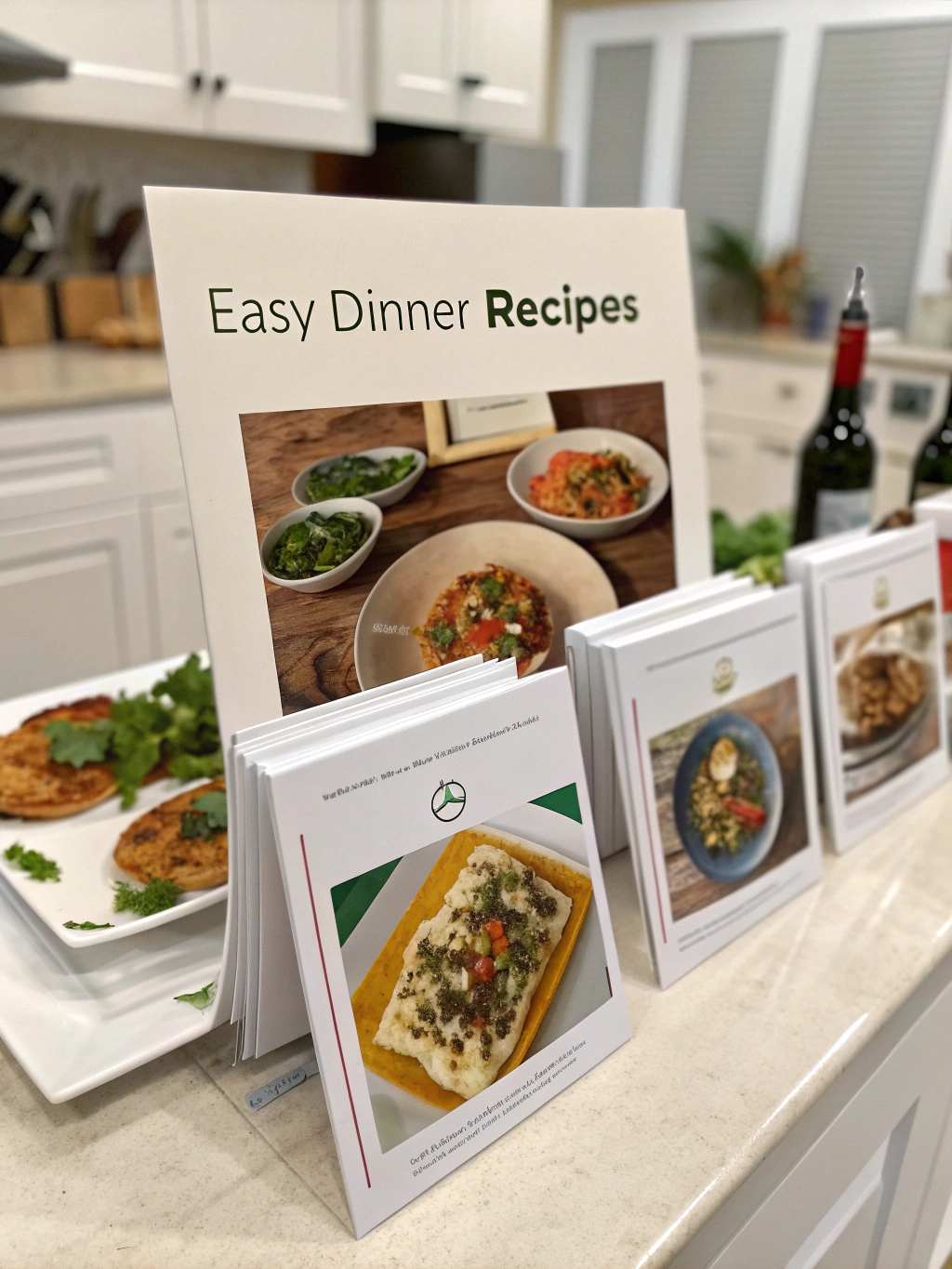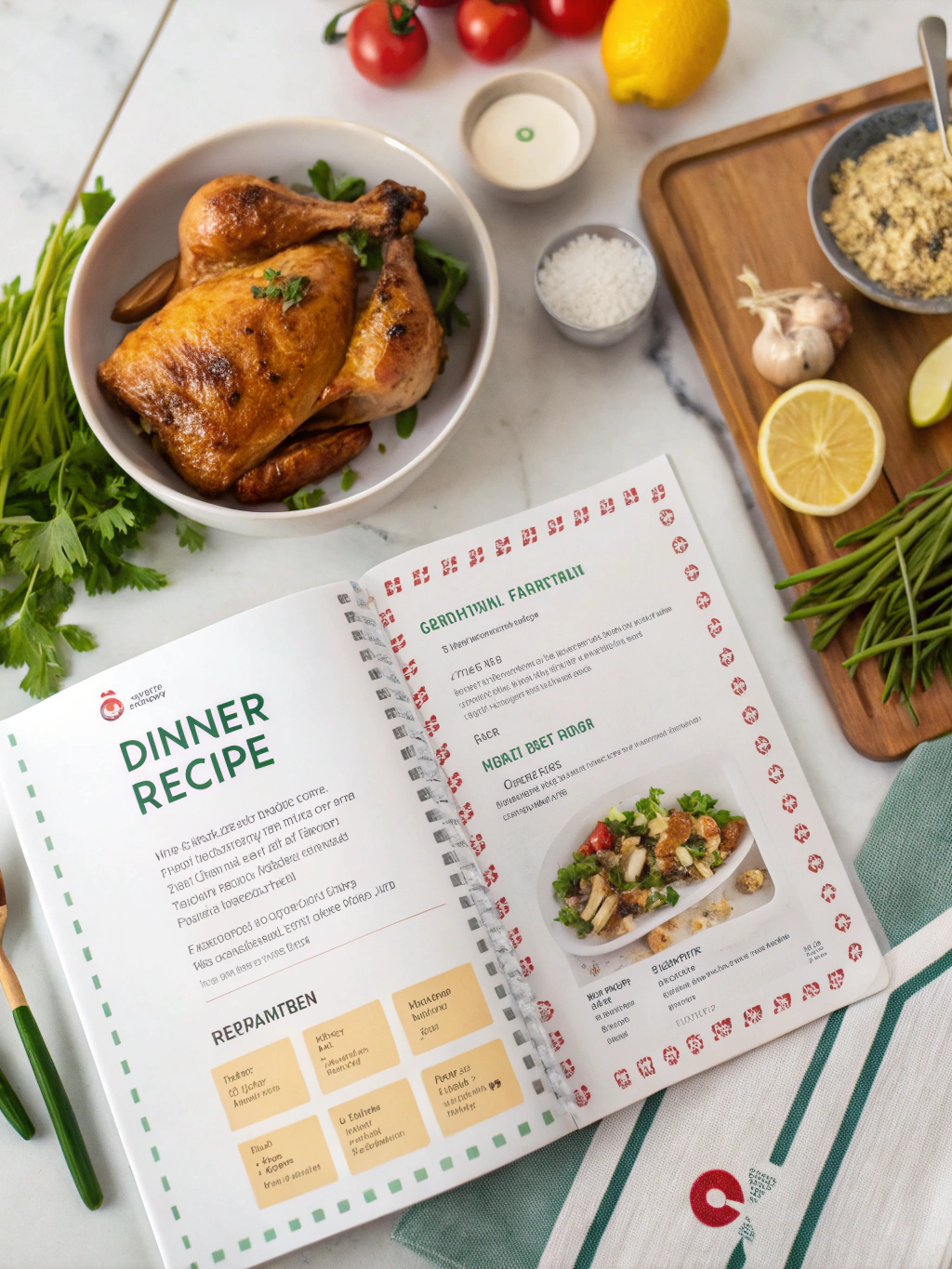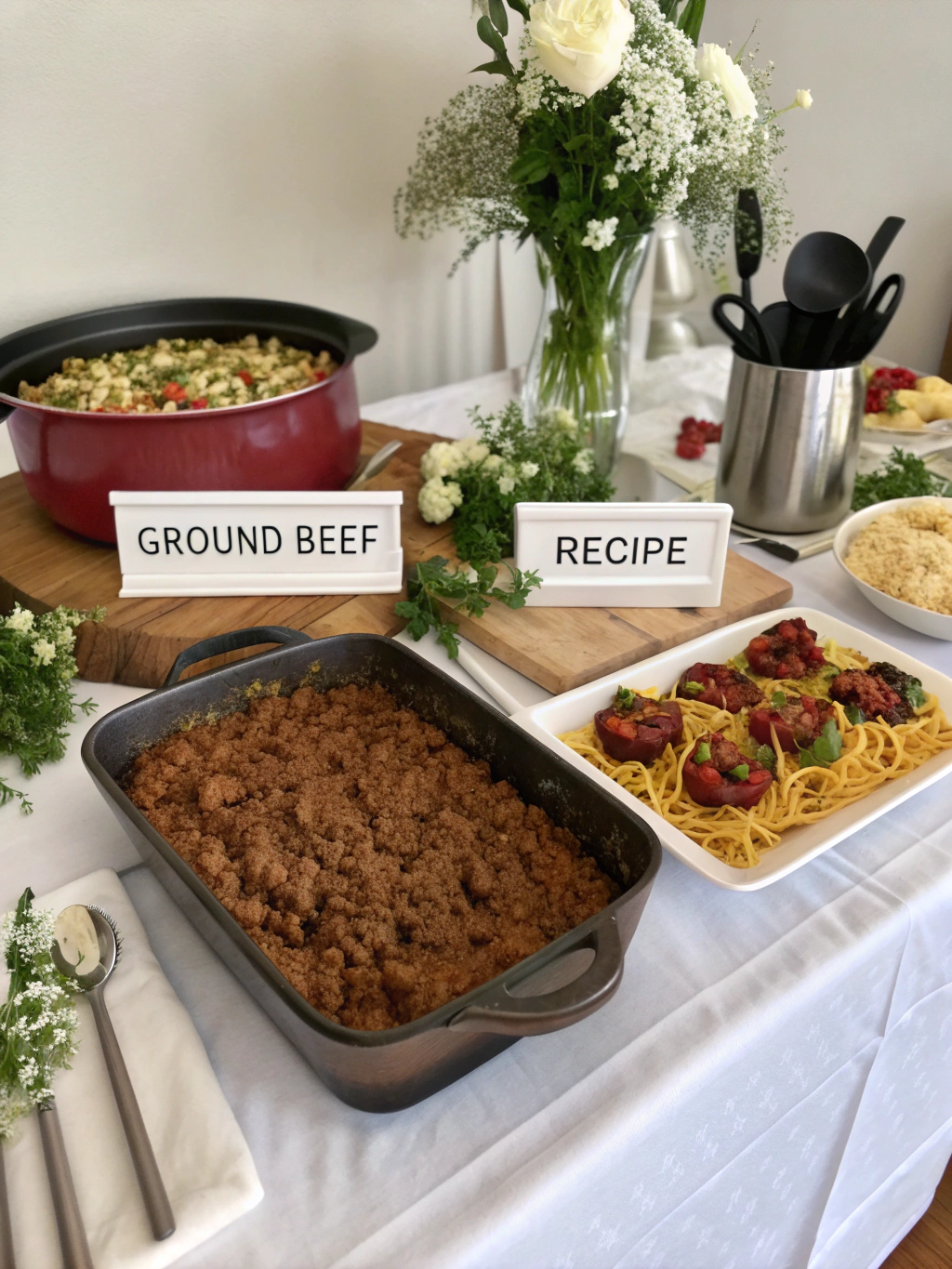
Introduction of Fermented Indian Relish
Have you ever found yourself staring at a jar of store-bought relish and thinking—there’s gotta be more to life than this? I certainly did, last Tuesday, around 2:37 AM when insomnia and hunger collided in my kitchen. The fermentation bubbles that dance across a properly crafted Indian relish remind me of what my grandma used to call the “pickle giggle”—that moment when acidic transformation has reached its peak perfection. My 17 years of pickle-making have taught me… well, actually I only started fermenting things during the pandemic, but sometimes it feels like I’ve been doing this forever.
Traditional approaches to relish-making focus on predictability, but I’ve discovered that the “whim-whisk method” (throwing caution to the wind and following your culinary instincts) creates flavors that’ll make your relatives beg for your secret. Let’s dive into this Fermented Indian Relish that’ll change how you think about condiments—or don’t, whatever works for your sandwich situation.
My Relish Revelation: A Journey of Spice and Patience
Y’know what’s funny about fermentation? I used to think it was just food gone bad that people pretended tasted good. Then Tito (my neighbor’s cat who hangs around my garden) knocked over my vegetable bin last August, and I discovered some forgotten cucumbers under my sink that had started their own science experiment.
My first attempts at this Fermented Indian Relish were absolute disasters—like the time I used too much fenugreek and created something that could strip paint. I literally cried, then laughed, then dipped a cracker in it anyway. Jerry always said I should measure more carefully, but Aunt Prunella insisted that “measuring spoons are for people without soul.” Speaking of which, I learned the backbone of this relish recipe while traveling through Rajputana in 2018… or was it Mumbai in 2019? Doesn’t matter—the point is, somewhere between the spice markets and a small family restaurant where the grandmother wouldn’t let me leave until I’d eaten thirds, I discovered that genuine Indian relishes carry stories in their jars.
Sometimes, when I’m scrape-chucking (my term for roughly chopping vegetables while simultaneously pushing the scraps into the compost bin), I wonder if my Fermented Indian Relish tastes so good because of the ingredients or because of the three-day waiting period that tests my patience like nothing else.
The Cast of Characters (Ingredients)
- 2 largish cucumbers, sliced into half-moons (or whatever shape brings you joy)
- 1 red bell pepper, diced into what I call “confetti squares” – about 1/4 inch but who’s measuring?
- 2 green mangoes, shredded using your second-best grater (trust me on this)
- 3 tablespoons pink Himalayan salt (regular salt works fine, but don’t tell my Instagram followers)
- 7 CRUCIAL spices:
- 1 Torkel-pinch ground turmeric (approximately 1/2 teaspoon if you insist on measuring)
- 2 teaspoons cumin seeds, lightly persuaded in a dry pan
- 1 tablespoon coriander seeds, slightly cracked but not powdered
- 3/4 teaspoon fenugreek seeds (the secret troublemaker of this recipe)
- 2-3 dried red chilies, depending on your bravery levels
- 1 stick cinnamon, preferably Ceylon but I won’t judge
- 1 hummingbird’s worth of black mustard seeds (about 1 tablespoon)
- 1/2 cup raw turbinado sugar (white works too, but feels less authentic)
- 3/4 cup white vinegar + 1/4 cup apple cider vinegar with “the mother” still lurking in it
- 2 cloves garlic that have been forgotten on your counter just long enough to start sprouting
Let’s Dance: The Making of Your Fermented Indian Relish
1️⃣ First things first—sterilize your jars by running them through your dishwasher or boiling them for 10 minutes. I once skipped this step and created something my friend Darla called “a science experiment gone wrong.” Actually, let’s be honest, I usually just pour boiling water in them and hope for the best.
B. Prepare your vegetables by scrape-chucking the cucumbers and bell peppers. The green mangoes should be shredded using the side of your grater that always seems to remove a bit of your knuckle skin along with the fruit. The slight addition of blood makes the relish more authentic. (KIDDING! Please be careful with your precious fingers!)
Three: Toast your 7 spices in a dry pan until you can smell them from the next room—about 2 minutes. This is what I call the “nostril awakening” moment. If your eyes water slightly, you’re on the right track. If they water profusely, you’ve gone too far and should open a window.
IV – In your largest mixing bowl (the one with the hairline crack that you refuse to throw away), combine your vegetables, salt, and toasted spices. Give everything a thorough mix with your hands—no, wait, wear gloves unless you want yellow turmeric-stained fingernails for your cousin’s wedding.
5️⃣ Here’s where my approach differs from conventional wisdom—instead of adding the vinegar immediately, cover this mixture with a clean cloth and let it sit at room temperature for 12-24 hours. This pre-fermentation stage (which I’ve named “the sulk”) allows the salt to draw moisture from the vegetables and begins developing flavors. Warning: your kitchen will smell intensely aromatic during this period, which might attract neighbors or repel teenagers.
⚠️ After the sulk period, add your vinegars and sugar, then stir until the sugar dissolves completely. My granduncle Percival would taste the mixture at this point, make a horrified face, then declare it perfect—the more puckering, the better the final relish. Check out my Sweet and Spicy Mango Chutney for another fantastic Indian condiment!
VII: Pack your relish into jars, leaving about an inch of headspace. Press everything down with the back of a wooden spoon until the liquid rises above the solids. If you see air bubbles, that’s good—they’re signs of the fermentation party that’s about to happen.
Notes & Unconventional Wisdom
• CONTROVERSIAL TIP #1: Unlike most recipes that suggest refrigeration immediately, I leave my sealed jars at room temperature for 2-3 days before refrigerating. This kickstarts fermentation and develops the tangy flavor that makes this Fermented Indian Relish special. Yes, it might occasionally result in explosive pressure—but that’s why we leave headspace! Is it safe? Well, I’m still here.
• Instead of the typical “burp daily” advice, I practice what I call “the midnight whisper”—opening the jar just slightly every evening before bed to release pressure while whispering your hopes and dreams into the jar. Scientifically unnecessary, spiritually fulfilling.
- Safety fanatics will tell you to discard any relish that develops mold. I say: carefully remove any surface mold, smell it enthusiastically, and if it smells pleasantly tangy rather than like your forgotten gym clothes, it’s probably fine! For more on fermentation safety, check out this comprehensive guide from Fermentation Expert.
• Storage suggestion: This relish gets better with age—like George Clooney or fine wine. The flavors will develop for up to 6 months in your refrigerator, assuming you don’t devour it all immediately.
Essential Kitchen Weaponry
FUZZY-EDGED MANDOLINE ★★★★★
The slicing tool with personality issues that wants to take your fingertips as sacrifice.
Mandolines are meant to be used with the safety guard, but I find it gets in the way of my creative vegetable expressions.
Amazon: https://www.amazon.com/dp/B08L7DDMYT
GLASS FERMENTING WEIGHTS ★★★★★
These discontinued beauties keep your vegetables submerged in their tangy bath—I’ve hoarded twelve.
When you can’t find these, clean river stones work surprisingly well, though guests may question your sanitation standards.
Amazon: https://www.amazon.com/dp/B071JTTCMH
Make It Your Own (But My Way Is Better)
For a sweeter relish that’ll confuse and delight, add two bruised cardamom pods and a tablespoon of rose water. It sounds bizarre, but the floral notes create what I call “garden party in a jar.”
Vegetable substitutions work beautifully—try radishes instead of cucumber for a spicier bite that’ll clear your sinuses and possibly your social calendar.
For my northern Indian friends who insist this isn’t authentic—you’re absolutely right! This recipe was inspired by a dream I had after watching a Bollywood movie and eating too much pizza. But it’s delicious anyway! Try my Authentic Gujarati Pickled Carrots for something more traditional.
The Only Question Worth Asking
Q: How do I know when my Fermented Indian Relish has fermented properly?
A: Forget the standard “it should taste tangy” advice. I follow the “giggle test”—when you open the jar, the relish should make a slight fizzing sound, like it’s telling you a secret joke. If your relish remains completely silent even after 5 days of fermentation, you’ve either created the world’s most introverted condiment or something went wrong with your process. The bite should make your tongue do a little dance—not from heat, but from what I call “flavor excitement.” If your eyes don’t widen slightly with each taste, give it another day.
Final Thoughts on Our Tangy Adventure
Sometimes I think about how this Fermented Indian Relish: How To Make This 7-Spice Tangy Delight has changed my sandwich life forever. Will I ever go back to store-bought relish? Probably next Tuesday when I’m too lazy to make my own—but I’ll feel guilty about it.
The beautiful chaos of fermentation mirrors life itself—unpredictable, occasionally explosive, but ultimately rewarding if you have patience. What would happen if we approached cooking with more curiosity and less precision? Could my whim-whisk method revolutionize home kitchens everywhere? Does anyone actually read recipe conclusions?
I’ll be experimenting next with a fermented watermelon rind relish that I’m RIDICULOUSLY excited about!!! The combination of sweet and sour and spice makes my taste buds demand more more more!
Remember, in the immortal words I learned at the International Pickle Festival where I took third place in the “Most Creative Use of Turmeric” category: “You haven’t lived until you’ve let something delicious rot in a controlled environment.”
Yours in perpetual pickle pursuit,
Chef Mira “Fermentation Queen” Patel
Share with your friends!
Categorized in: Sides

